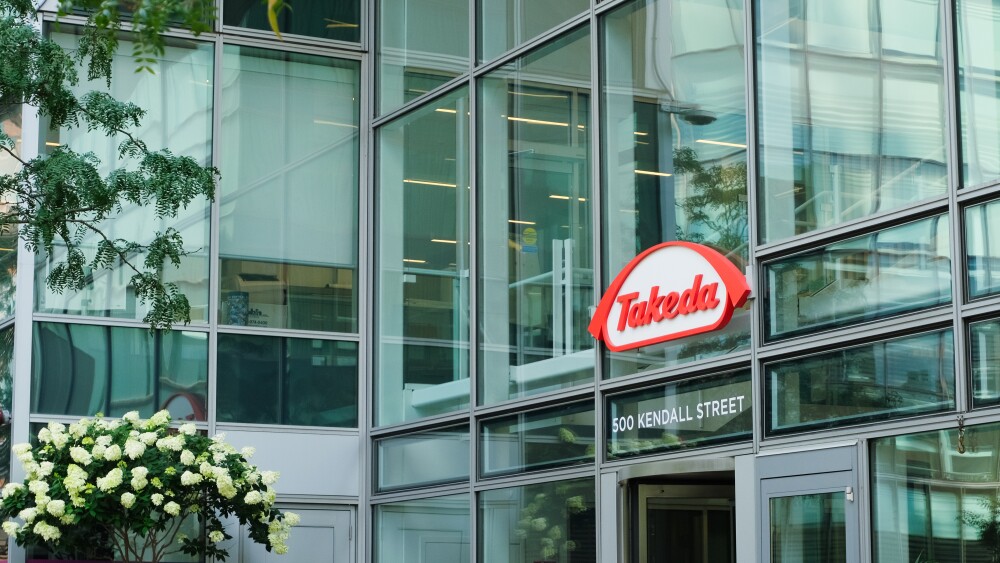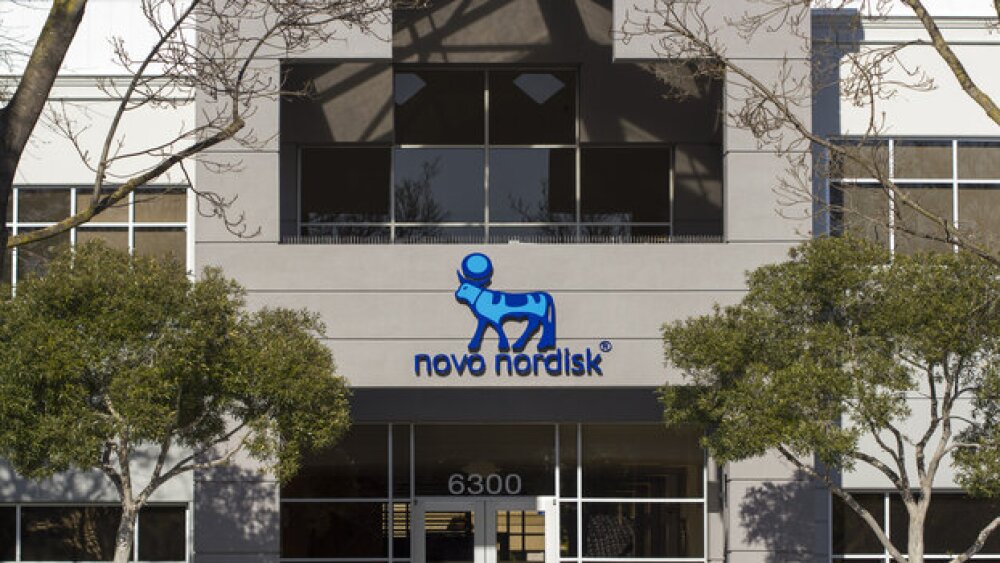“The FDA filing acceptance for Libervant is an important milestone in our mission to provide epilepsy patients with a broader array of treatment options, that represent major contributions to patient care,” said Keith J. Kendall, Aquestive’s chief executive officer.
The U.S. Food and Drug Administration (FDA) accepted Aquestive Therapeutics’ New Drug Application (NDA) for Libervant (diazepam) Buccal Film for seizure clusters. It has a target action date of September 27, 2020.
Libervant is a formulation of diazepam on a soluble film that is administered on the inside of the cheek. It is intended for fast treatment of acute uncontrolled seizures in refractory patients with epilepsy on stable anti-epileptic drugs (AEDs). If approved, it will be the first oral diazepam-based therapy approved for seizure clusters. The FDA granted it Orphan Drug designation in November 2016.
“The FDA filing acceptance for Libervant is an important milestone in our mission to provide epilepsy patients with a broader array of treatment options, that represent major contributions to patient care,” said Keith J. Kendall, Aquestive’s chief executive officer.
He went on to say, “Aquestive is committed to helping people affected by seizure clusters through bringing important and innovative products to the market. Epilepsy patients have been underserved for some time with little choice beyond device-based products such as rectally administered gels and nasal sprays. We believe that our drug candidate Libervant will, if approved by the FDA, represent a major contribution to patient care, as compared to available treatment options, and further expand patient choice as the first orally administered dosage form available to manage seizure clusters in epilepsy patients.”
On January 13, 2020, the FDA approved Neurlis’ Valtoco (diazepam nasal spray) for acute treatment of intermittent, stereotypic episodes of frequent seizures, another way of describing seizure clusters, as well as acute repetitive seizures. This was approved for epilepsy patients six years of age and older.
In a long-term, open-label, repeat dose, clinical study, Valtoco’s safety was evaluated. More than 130 patients were enrolled, and more than 2,000 seizures treated.
“One of the goals of rescue therapy is to treat seizure clusters, recognized as medical emergencies, before negative consequences may be experienced,” said Jacqueline A. French, professor in the Department of Neurology at NYU Langone Health’s Comprehensive Epilepsy Center and chief medical & innovation officer for the Epilepsy Foundation. “These consequences may include injury and seizure progression to status epilepticus. Having a seizure rescue treatment that is generally safe, reliable and ready-to-use is very empowering. We encourage all epilepsy patients to work with their doctors to make sure they have a seizure rescue treatment plan in place.”
This means Aquestive’s Libervant would have a second-to-market disadvantage, although because it’s a different type of administration, may be able to overcome that issue. The company seems to have concerns that this may have a negative effect on the drug’s chances of being approved.
Kendall noted, “The FDA has recently indicated that, when evaluating clinical superiority for drugs demonstrating a ‘major contribution to patient care,’ it may consider such factors as convenience of treatment location, duration of treatment, patient comfort, reduced treatment burden, advanced in ease and comfort of drug administration, longer periods between doses, and potential for self-administration. We look forward to working with the FDA in the coming months in seeking to demonstrate why we believe that our product candidate Libervant, as an orally delivered product for this indication, has one or more of the attributes required by the FDA to be considered a major contribution to patient care relative to the currently approved products.”





